Table of Contents
- 1 Introduction
- 2 The Talladega Challenge — A Bold Swedish Statement
- 3 Randomly Selected, Factory Standard — No Special Treatment
- 4 Performance That Outpaced Expectations
- 5 Breaking Records, Breaking Barriers
- 6 Talladega’s Legacy — A Testament to Saab’s Philosophy
- 7 Why Saab Enthusiasts Still Celebrate Talladega
- 8 The Spirit of Talladega Lives On
Introduction
In October 1986, Saab unleashed an audacious challenge to the automotive world—proving the durability of their cars in an unforgiving 21-day endurance test at Talladega Superspeedway. With three standard Saab 9000 Turbos, randomly selected from the production line, the Swedish automaker took on what was dubbed the fastest and toughest quality test of its time.
The results? 23 international speed and endurance records, including two world records. This wasn’t just a publicity stunt—it was a testament to Saab’s engineering brilliance, resilience, and belief in their product.
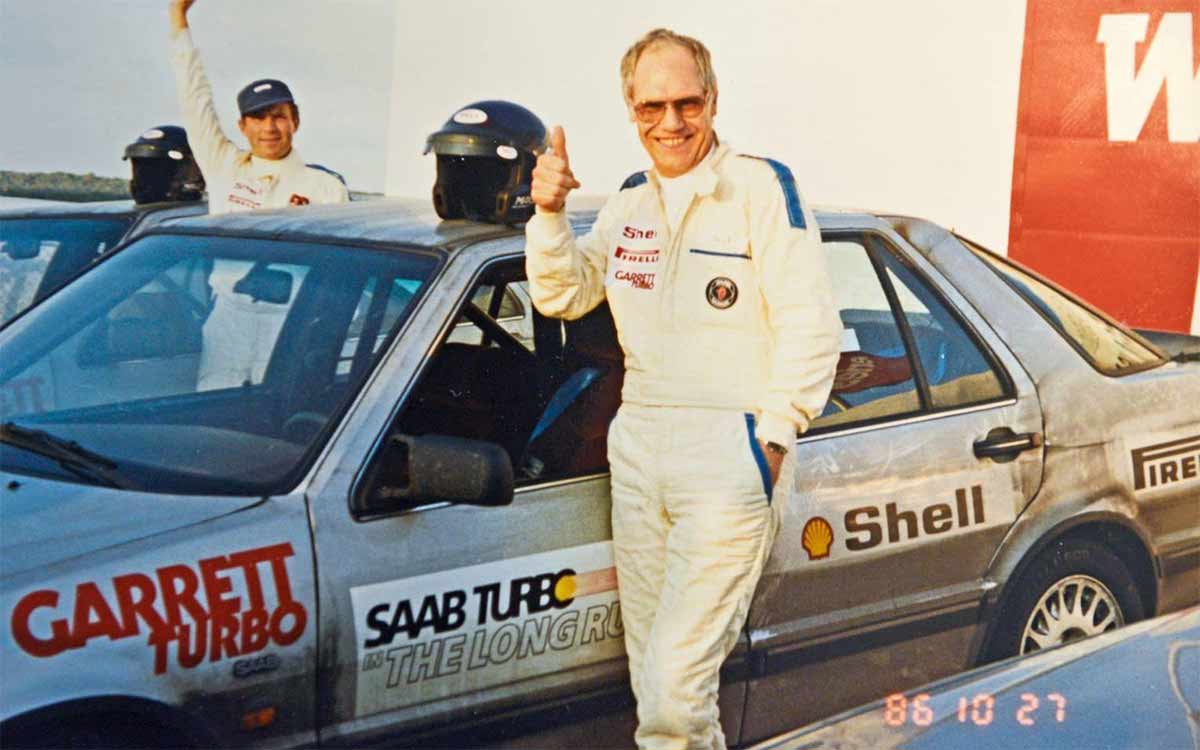
Let’s explore the story behind this extraordinary feat, its impact on Saab’s legacy, and why it continues to captivate automotive enthusiasts decades later.
The Talladega Challenge — A Bold Swedish Statement
Talladega wasn’t chosen by accident. Known for its unforgiving speedway and grueling conditions, the Alabama International Motor Speedway was the perfect stage to showcase Saab’s engineering.
The goal? Drive 100,000 kilometers nonstop over 21 days with speeds averaging over 213 km/h, including pit stops for refueling and driver changes.
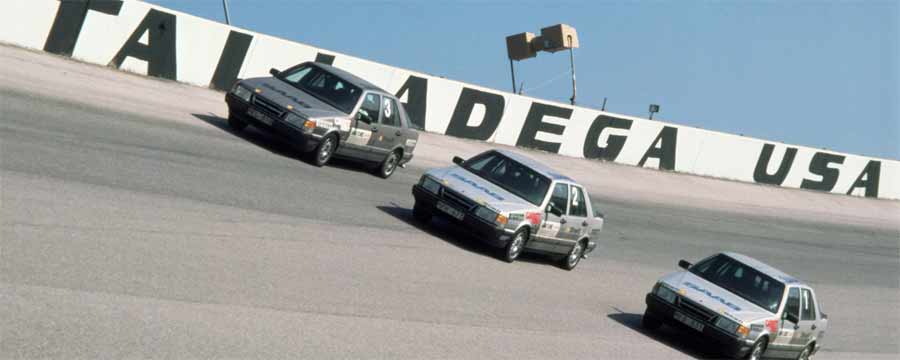
Critics doubted Saab’s approach—many believed such a public test was risky and could easily backfire if anything went wrong. But Saab wasn’t worried. Their confidence in the 9000 Turbo’s reliability and performance was unwavering. As one of the engineers famously said, “We knew the results before the test began.”
By the end of the challenge, Saab proved their point, not only achieving the targeted distance but also setting 23 new records for standard production cars, forever solidifying their reputation for unmatched durability.
Randomly Selected, Factory Standard — No Special Treatment
What made this feat even more remarkable was Saab’s decision to use completely unmodified production models. A representative from FISA (International Motorsport Federation) and a public notary oversaw the selection process, ensuring the cars were identical to those any customer could drive off the showroom floor.
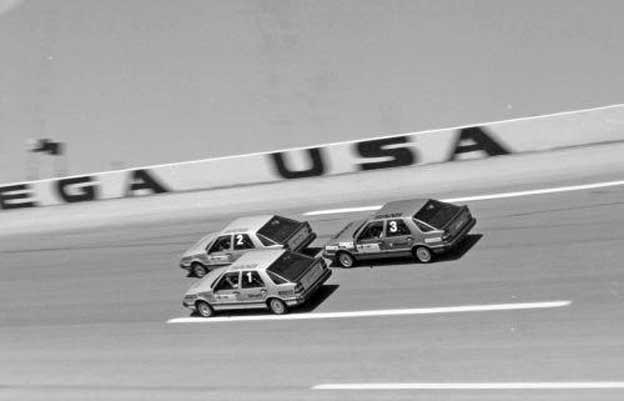
This level of transparency was rare, even groundbreaking, in an industry often accused of using modified vehicles for tests. Saab’s willingness to stake its reputation on standard production models was a bold move, demonstrating absolute faith in their engineering. It also sent a clear message: Saab cars weren’t just reliable in theory—they thrived under extreme conditions.
Performance That Outpaced Expectations
Each Saab 9000 Turbo was powered by the company’s innovative 2.0L turbocharged engine, which delivered both power and efficiency. Over the course of the challenge, the cars maintained average speeds of 213 km/h, a remarkable feat considering the frequent stops for refueling, servicing, and driver swaps.
This wasn’t just about speed; it was a showcase of unmatched endurance engineering. The engines, transmissions, and chassis performed flawlessly, enduring the equivalent of eight years of normal driving in just three weeks. The cars finished the test with minimal wear and tear, further reinforcing Saab’s dedication to building vehicles that last.
Breaking Records, Breaking Barriers
By the time the test concluded, Saab had set 21 international speed records and two world records for all comers. Among the most notable achievements:
- 100,000 kilometers covered in 21 days, setting a new benchmark for endurance testing.
- 213 km/h average speed, even when accounting for pit stops.
These accomplishments didn’t just elevate Saab’s profile—they redefined how automakers approached durability testing. Saab’s triumph at Talladega became a rallying point for fans and a source of pride for the company, solidifying the 9000 Turbo as a vehicle that could handle anything thrown its way.

Talladega’s Legacy — A Testament to Saab’s Philosophy
Talladega wasn’t just a marketing event; it was a manifestation of Saab’s core engineering philosophy. The automaker’s commitment to durability, safety, and performance was deeply rooted in its aerospace heritage, and this test was a way to showcase those values in a way no one could ignore.
Decades later, Saab’s Talladega challenge remains an iconic moment in automotive history. It wasn’t just about breaking records; it was about proving that Saab’s commitment to quality went beyond flashy advertising campaigns—it was built into the DNA of every car they made.
Why Saab Enthusiasts Still Celebrate Talladega
For Saab enthusiasts, the Talladega story is more than just a historical footnote—it’s a source of enduring pride. The event demonstrated what made Saab special: a willingness to take bold risks, an uncompromising dedication to quality, and a flair for innovation that set them apart from competitors.
Even today, many Saab 9000 models from that era are still on the road, a testament to the durability that was so dramatically proven at Talladega. For owners and fans alike, the story of the “crazy Swedes” who took on Talladega isn’t just a piece of history—it’s a reminder of why Saab cars remain beloved around the world.
The Spirit of Talladega Lives On
The 1986 Talladega challenge wasn’t just a triumph for Saab—it was a milestone that showcased the brand’s engineering ingenuity, resilience, and determination. More than three decades later, the records set at Talladega continue to resonate, serving as a reminder of what made Saab cars truly unique.
For those who want to relive this legendary moment, Marcus & Manuela Saab Channel on YouTube has brought this incredible feat back to life. Watch the video, immerse yourself in the history, and see why Saab’s spirit of innovation continues to inspire.

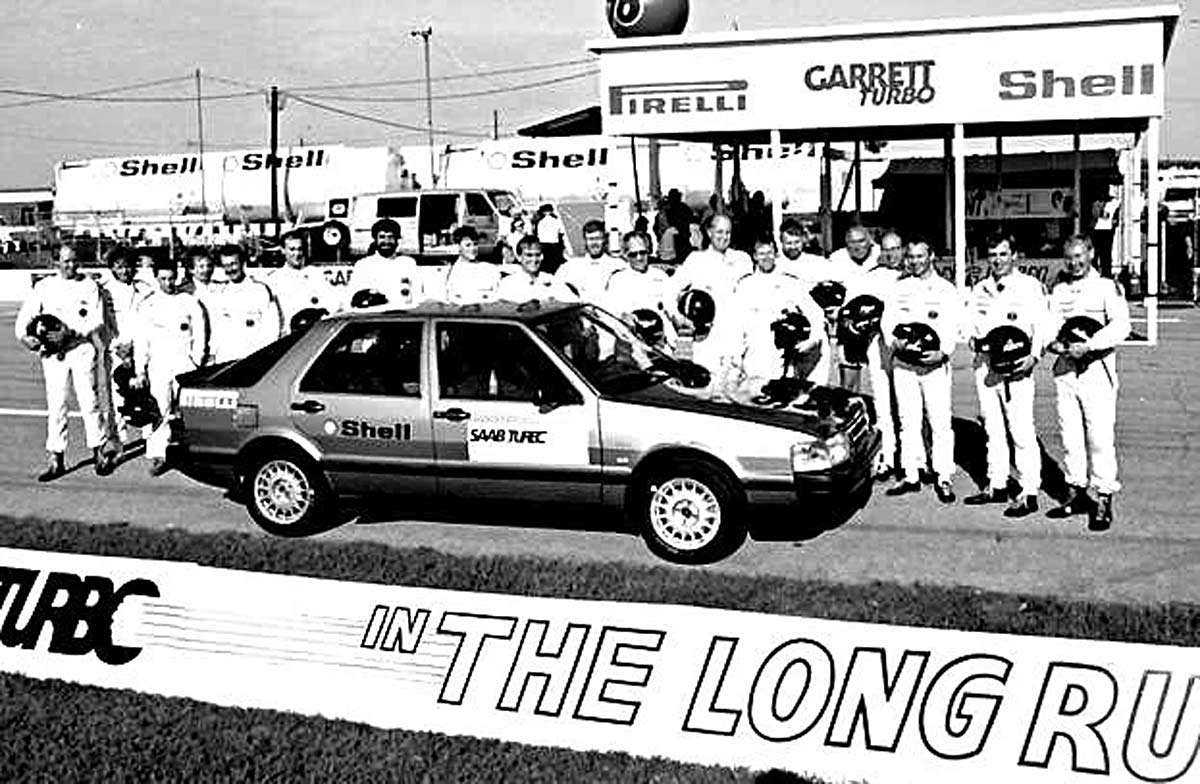






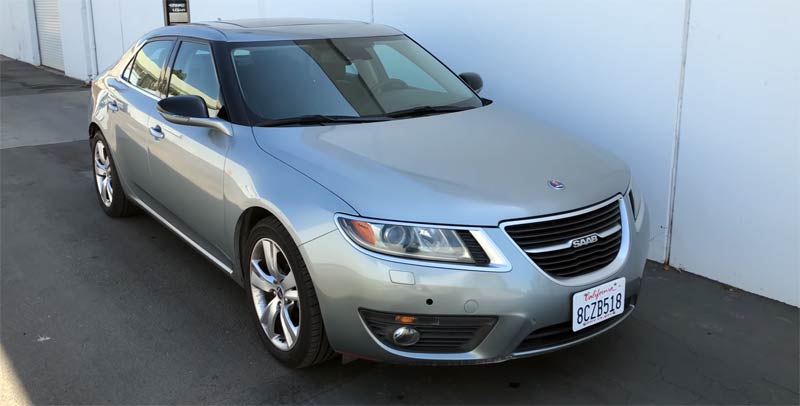

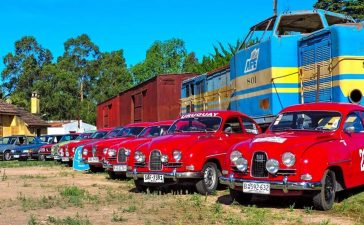

Tbh, they burned up some valves because the fuel pickup was on other side of tank and they were doing circles.
Had to stop for a head job, and fill up more often.
Hardly that durable…
First of all the pickup is infact pretty much in the dead centre of fuel tank. No problem there.
They actually broke the record including all stops, so??
To> James Tivy
Excuse me where did you pick up this bullshit?
I had a 9000 like that. Probably not that fast
Another cool Alabama/ European car connection- did ya’ll know that in the 70’s during IMSA or Can Am series BMW dropped off several 3.O “Batmobile’s in Hueytown , Alabama for aerodynamic work and finishing up pre season adjustments with some of the Alabama Gang shops !
They did it again with the 900 a couple of years later. Fantastic cars.
To James Tivy>
First of all the pickup is infact pretty much in the dead centre of fuel tank. No problem there.
They actually broke the record including all stops, so??
To James Tivy >
at 140mph for hours on end thats fine for an unmodified family car…
Fuel starvation would of caused a big loss of power so i dont think thats true (if im wrong thats fine) and plus as someone else mentioned the sender unit and pumps are in the centre of the tank not one side
I have heard before though that a cylinder head had to come off for one reason or another but that was one car…
in the story I read some time ago, they ended up coming in for fuel when they still had a gallon of so left due to starvation causing the lean condition.
Not bad for a stock family sedan.
To Turkka Kivelä >
So what went wrong with the cars during the test? Nothing much actually, the one thing Saab hadn’t given too much thought to was the steeply curved bank of the track. After a day, it was found that the engine was being starved of fuel when the level in the tank became low just before each fuel stop. It was found that sufficient allowance had not been made for the shifting of the fuel to the lower side of the tank, resulting in the fuel pump drawing in air, which in turn caused one exhaust valve in each car to burn out after 15 days.
From the original story I read…
To James Tivy >
sounds about right. The early 85-86 cars likes these have a different pump setup to the later 9000. This is probably how they learnt to change it
James Tivy
Tom Boorman
So what went wrong with the cars during the test? Nothing much actually, the one thing Saab hadn’t given too much thought to was the steeply curved bank of the track. After a day, it was found that the engine was being starved of fuel when the level in the tank became low just before each fuel stop. It was found that sufficient allowance had not been made for the shifting of the fuel to the lower side of the tank, resulting in the fuel pump drawing in air, which in turn caused one exhaust valve in each car to burn out after 15 days.
From the original story I read…
To James Tivy >
sorry sir you are wrong the pump location was not the problem they ran it low on fuel and it caused a lean running condition.and burnt the valves. The pump would have been located more to the left side of the car, the side it would have need to be. and it was only one of the three that had this issue. And who else has done it? Also saab had nothing to do with the picking of the cars. So very durable. They ran them has hard and as fast as they would go for 60000 miles. Pretty much red line the whole time. At an average speed of 135.1 mph. No other car companie can say that. Then 1996 they did it again with six saabs and broke 25 off there records. So your clam as not durable doesn’t hold water.
I was there fantastisk driving
Nice video at the Saab museum on this…and they have one of the cars
What car wouldn’t have been able to do the same? Did anyone else try and fail?
The Long Run
I was so proud of this achievement in the day when selling the 9000 range in 🇬🇧